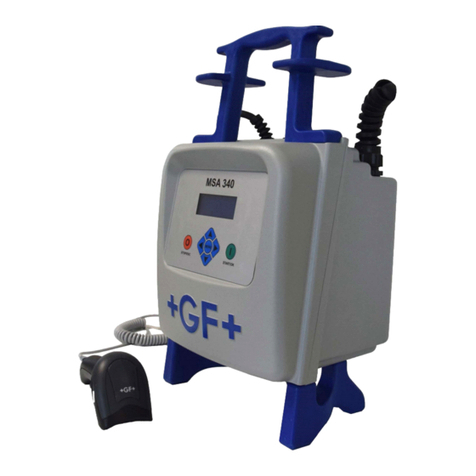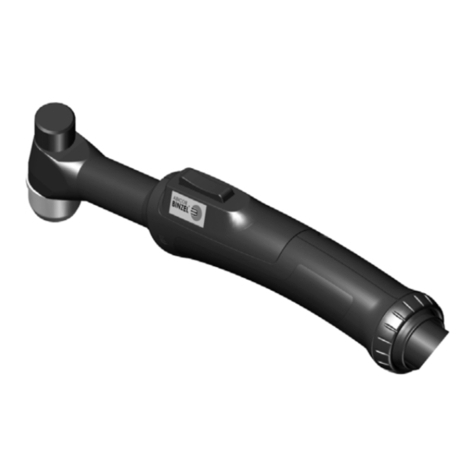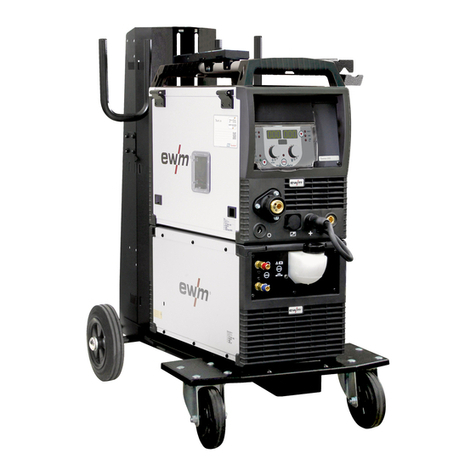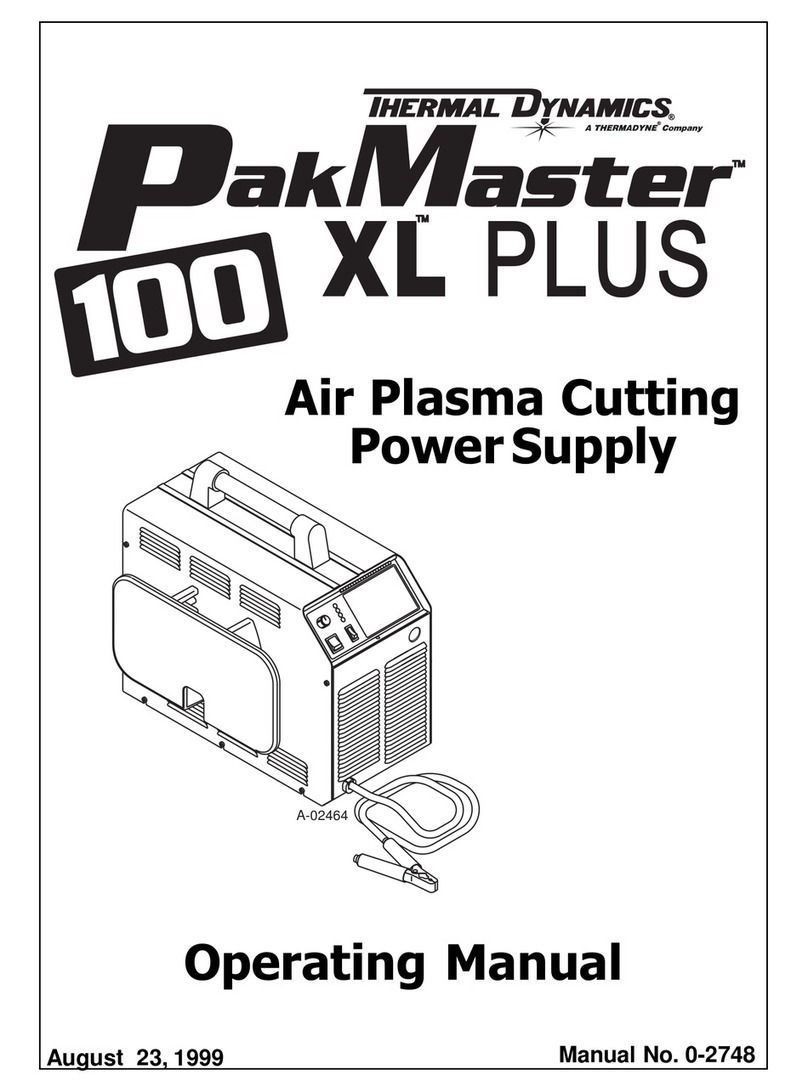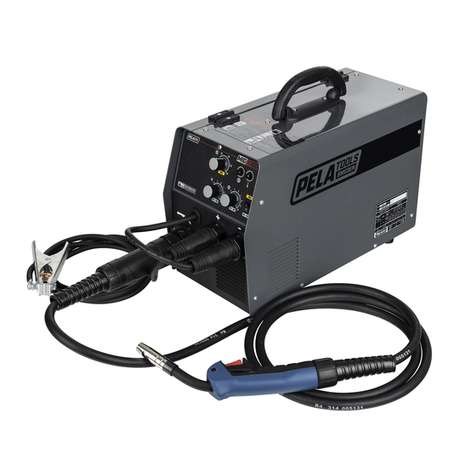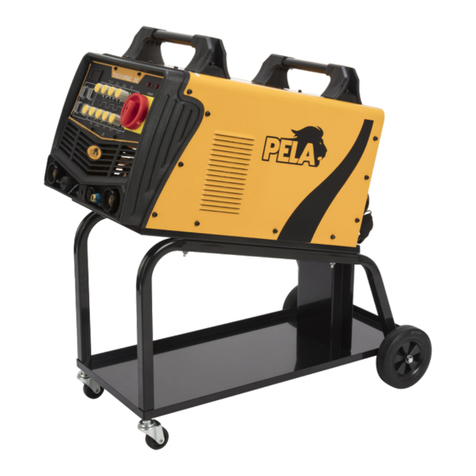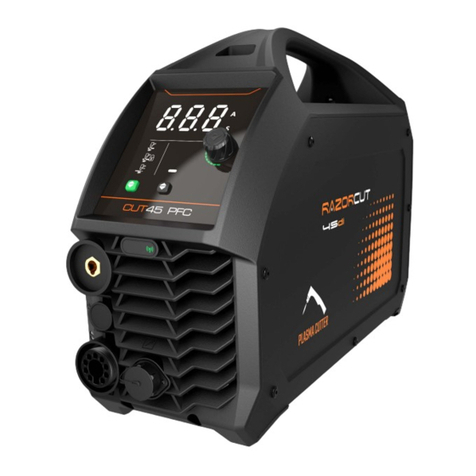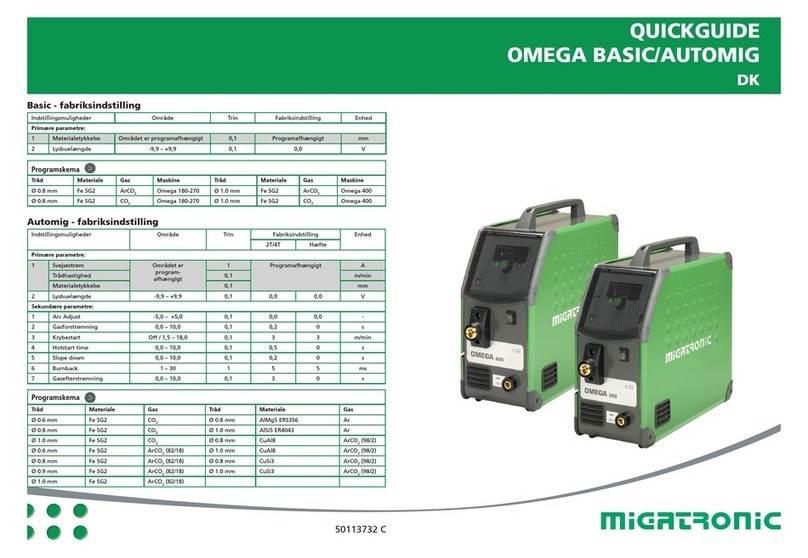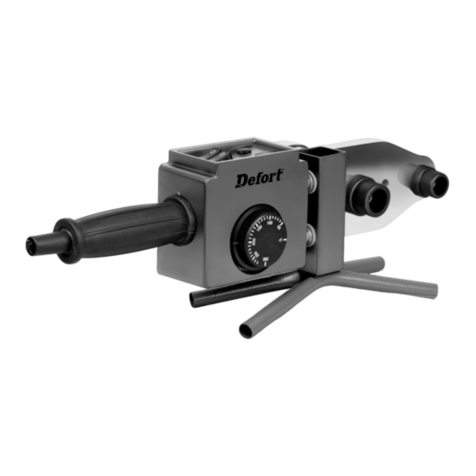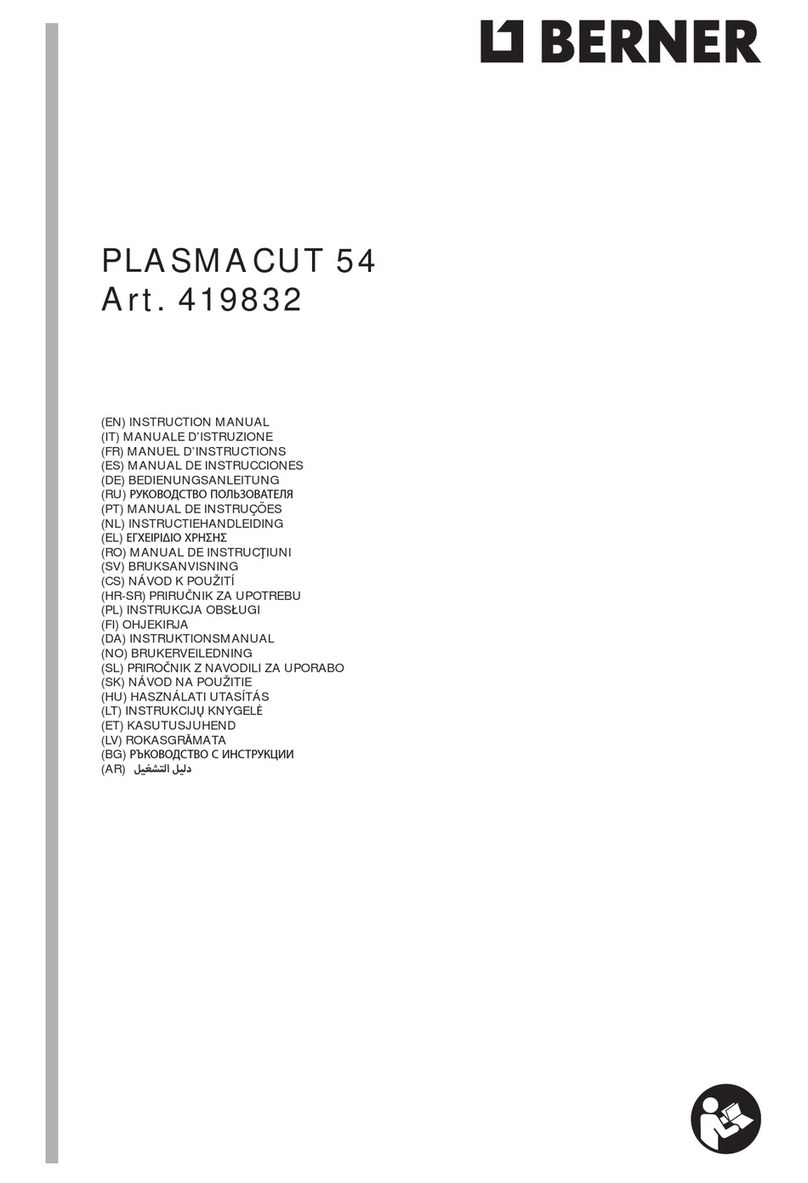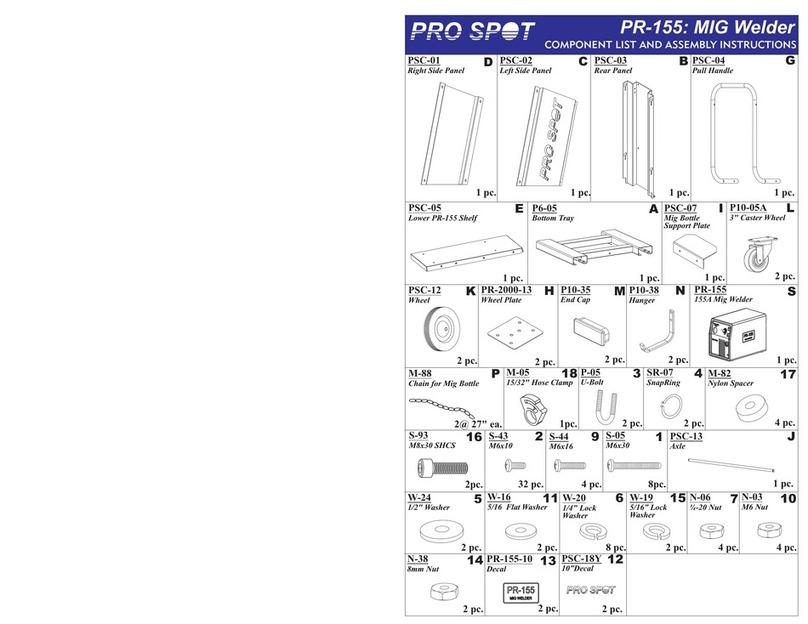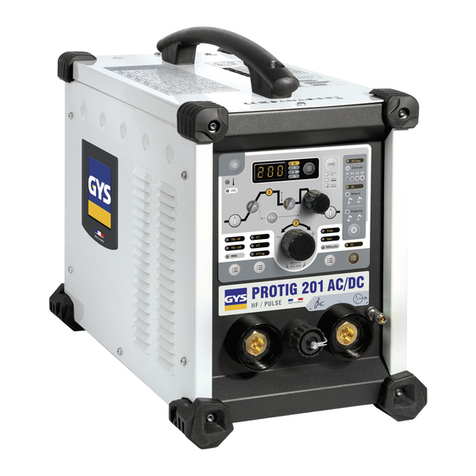
• För att ansluta den övre armen (del #19) till
punktsvetsen , lossar du de fyra skruvarna från
punktsvetsen (del #15) placerade på ovansidan
och framsidan av apparaten. (Se Figur A, D, E
och sprängskissen.)
• Passa in den övre armen (del #19) mellan övre
armhållaren (del #18) och den övre
armklämman (del#21) och placera den övre
armen så att armens elektrod (del#24) är riktad
neråt.
• NOTERA: Kontrollera att den övre armen
(del#19) kommer i linje med den nedre.
• Arm (del#19) helt monterad. (Se Figur A, och
sprängskissen.)
• Dra åt de fyra skruvarna (del#15).
Montera handtaget till punktsvetsen
• För att montera trähandtaget (del#37) på
punktsvetsen, sätter du i bulten (#36) genom
handtagsbyglarna (#34) och handtaget.
Skruva fast delarna med en låsbricka (#35) och
en mutter (#35). (Se Figur A, och
sprängskissen.)
• Nästa steg är att montera handtaget (delarna
#37, #36, #34, #35, #33) till det främre apparat-
höljet (del #25) på punktsvetsen med de fyra
bultarna, (del #33).(Se Figur A och
sprängskissen.)
Fäst armelektroderna på punktsvetsen
• VARNING: Innan du ansluter armelektroderna
(del#24), måste du se till att punktsvetsen är
bortkopplad från elnätet. För att montera
armelektroderna (del#24) på den undre och
övre armen (del#19 & #19a), skruva fast
elektroderna så som det visas i gur F.
Handhavande
Justerar armen och arbetstrycket
• VARNING: Innan du justerar armarnana
(delarna # 9 & #19a) och trycket för
manöverhandtaget (del #12), se till att
punktsvetsen inte är ansluten till elnätet.
• NOTERA: För högt tryck på armarna (del #19,
19a) kan skada elektroderna (del#24).
Använd inte elektroderna som tvingar för att
hålla fast arbetsstycket. Om arbetstyckena
som skall svetsas inte får god kontakt mellan
ytorna som skall svetsas , sätter du på en tving
så att det blir god kontakt. (Se Figur C, D och
sprängskissen).
• Man kan justera trycket mellan armarnana
(delarna #19, #19a), och det skall kontrolleras
eller ställas in innan användande. Korrekt tryck
mellan armarnana är nödvändigt för att få en
bra svetspunkt och för att förhindra skador på
armelektroderna. (Se Figur C, D och
sprängskissen.)
• Trycket mellan armarnana är för litet och
arbetstycket är för löst när man sluter
armarnana och en ljusbåge uppstå mellan
ytorna och det blir ingen svetspunkt. För att öka
trycket mellan armarnana, lossar du på
muttern (del#18). Desto mer muttern lossas,
desto högre tryck mellan elektroderna när
manöverhandtaget stängs. Nästa steg är att
vrida den bakre låsmuttern mot den övre
armhållaren föratt låsa den i önskat läge. (Se
Figur C, D, och sprängskissen.)
• Om trycket är för högt , kommer svetsen att
bilda en grop och material kommer att
stänka ut runt området. För att sänka trycket på
armarna, lossar du på den bakre muttern (del
#18) och vrid på den främre muttern (del#18)
mot den övre armhållaren(del# 21) för att låsa
den vid det önskade trycket. (Se Figur C, D, och
sprängskissen.)
Handhavande fortsättning
• Desto längre ner ställskruven skruvas (del #10),
desto längre ner kommer manöverhandtaget
att slutas. Genom att justera ställskruven styr
du hur armarna sluter sig om materialet.
Justera ställskruven så att manöverhandtaget
kan resas enkelt efter att man svetsas klart. (Se
Figur A, E och sprängskissen.)
Strömbrytaren
• Strömbrytaren (del #9) gör så att man kan sätta
på och stänga av punktsvetsen. (Se Figur A, E
och sprängskissen.)
• Tryck strömbrytaren (del #9) i sidled i någon
riktning för att släppa på ström. Släpp
strömbrytaren för att avbryta strömmen.
Manöverhandtag
• VARNING: Vidrör aldrig armarna när du
svetsar på ett arbetstycke. Låt elektroderna och
arbetstycket svalna innan du hanterar dem. (Se
Figur A, E, F, och sprängskissen.)
• Manöverhandtaget låter dig öppna och stänga
armarna på apparaten. (Se Figur A, E, och
sprängskissen.)
• Man stänger manöverhandtaget under svets-
proceduren och xerar arbetstycket mellan
elektroderna. Öppna med manöver-
handtaget efter att det kommit en gnista och
en svetspunkt gjorts för att lossa arbetsstycket.
(Se Figur A, C, E och sprängskissen.)

